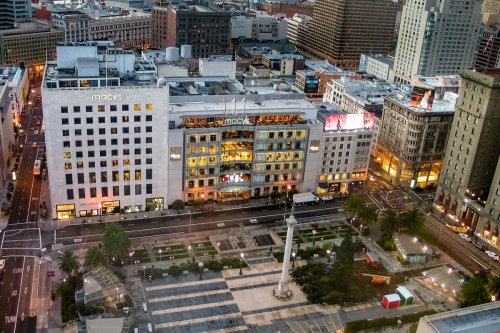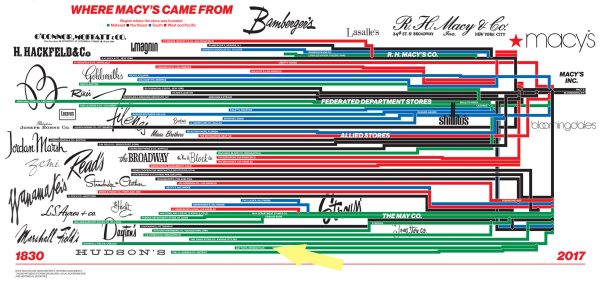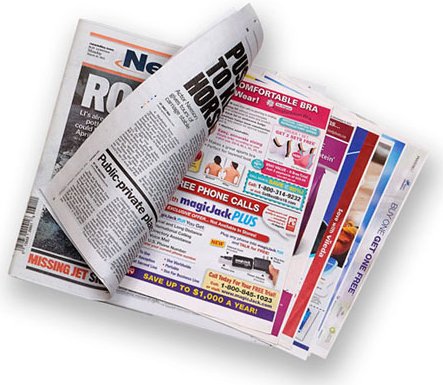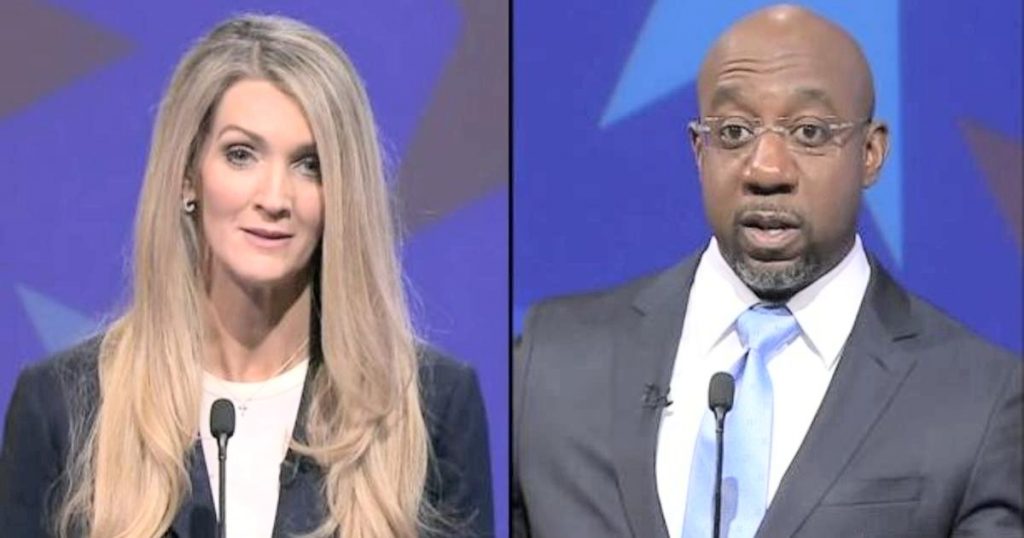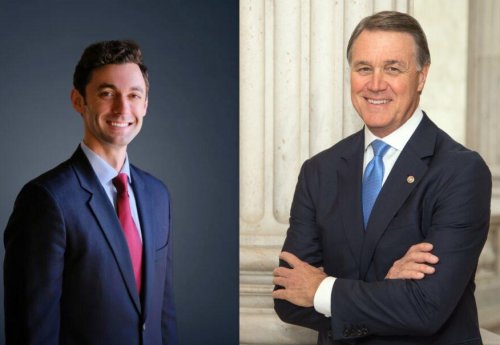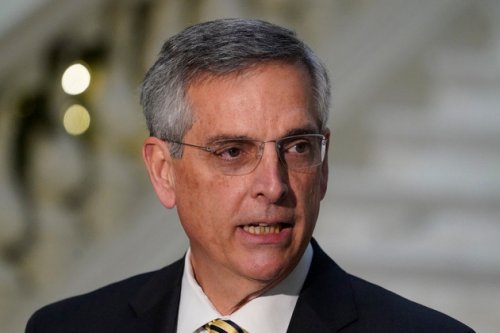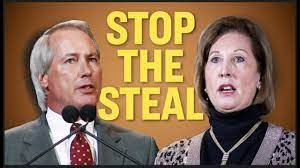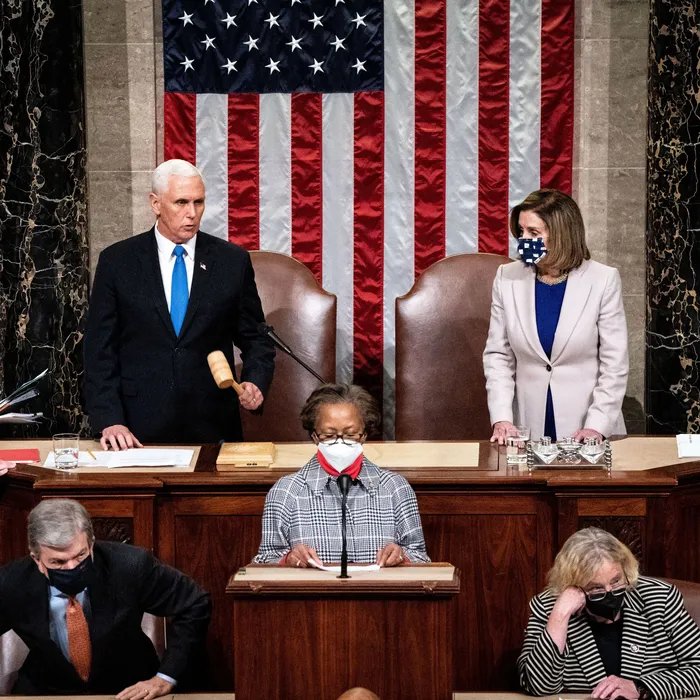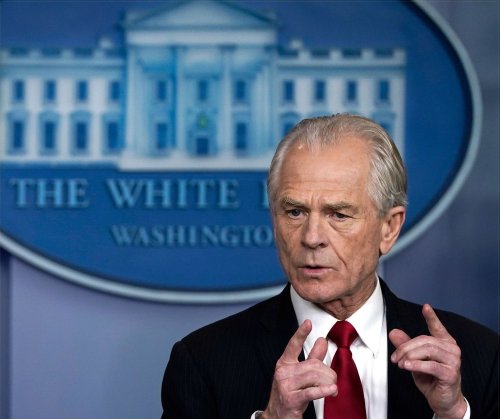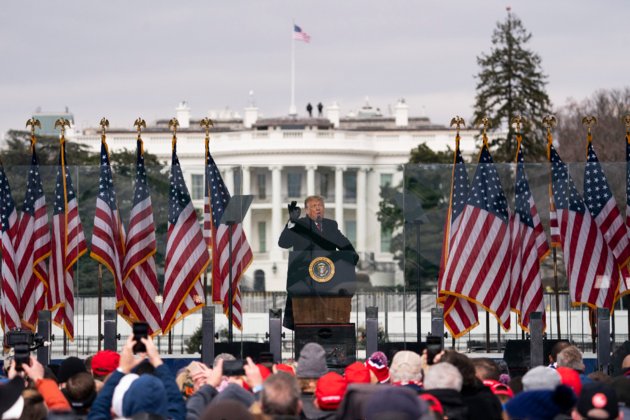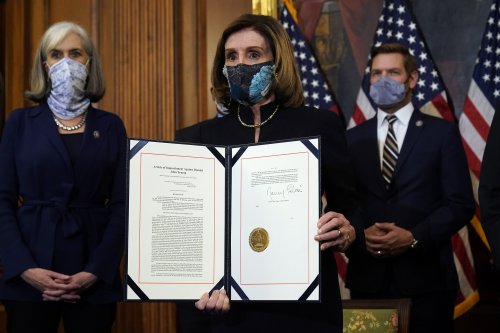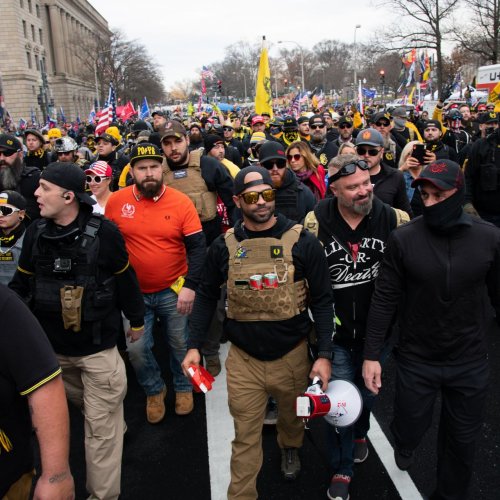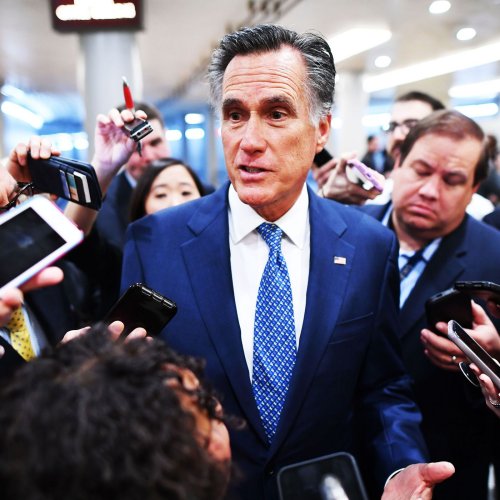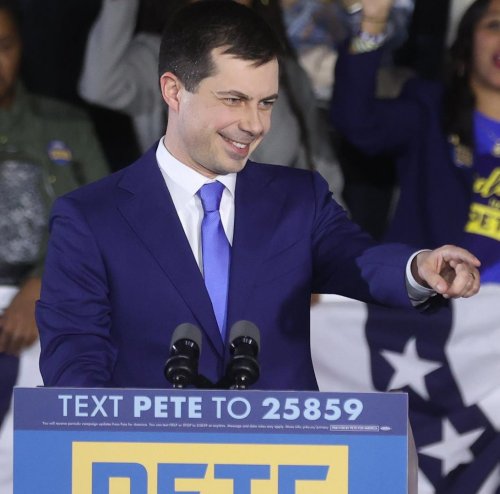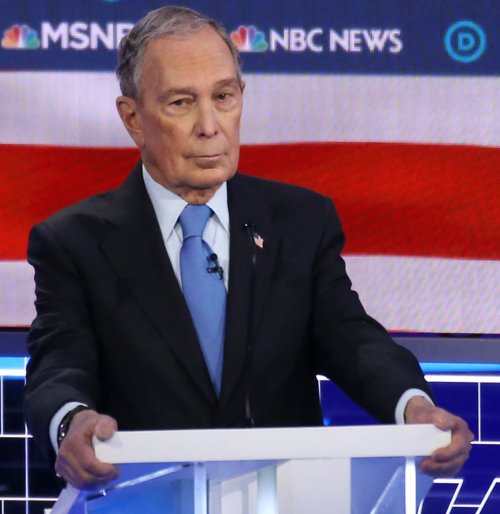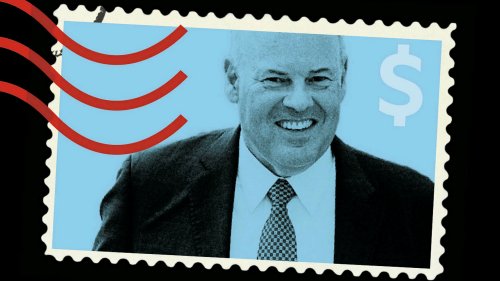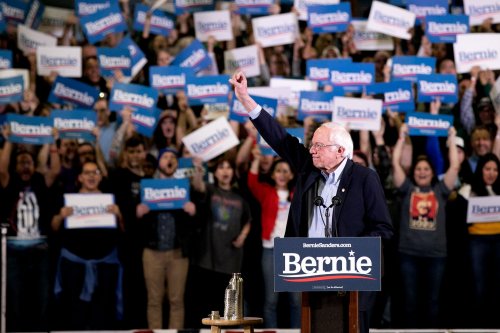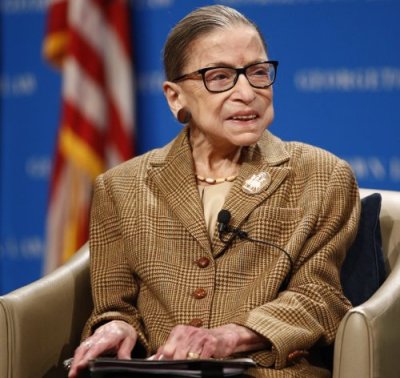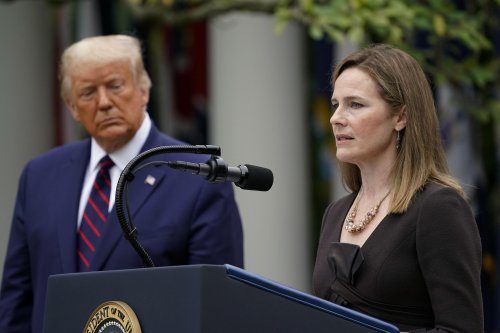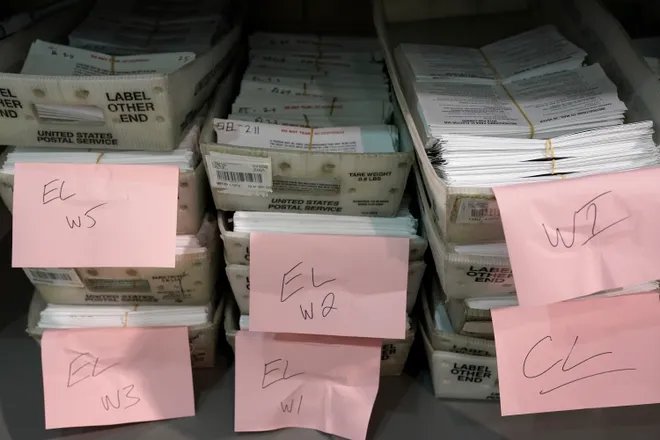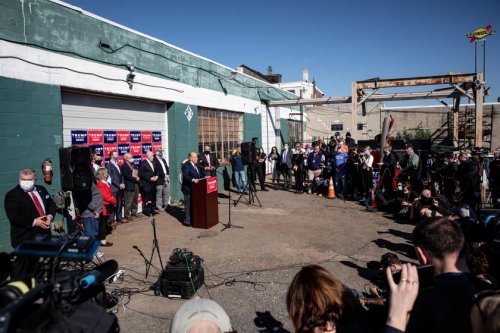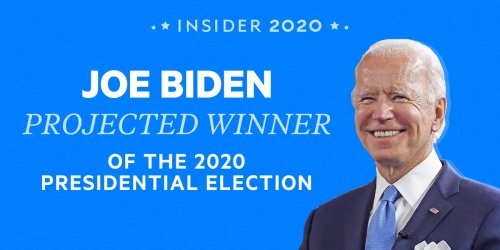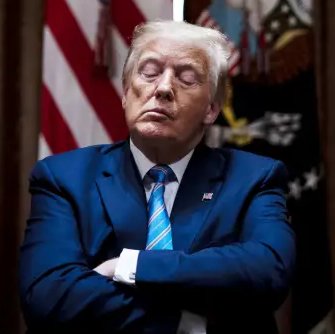Department store chain based in San Francisco. Continue reading
I have been putting off the writing of this page for the last few months. Macy’s West was a big and important client, but my memories of most of the people and the projects that we did for them are hazy. To make matters worse, I have found very few notes about the installation and no photos whatsoever.
Macy’s was acquired by Federated in 1994 shortly after both companies emerged from bankruptcy. TSI had been pitching Macy’s West, the division that was administered in San Francisco, about purchasing an installation of the AdDept system for some time.
I am pretty sure that the original inquiry from Macy’s West came from Gary Beberman, who had been our liaison for the very first AdDept systems at Macy’s East in New York City (described here) and who had also consulted on the installation at Neiman Marcus (described here). He and his wife, who also worked at Macy’s, had moved to the Bay Area, and Gary had taken a job at Macy’s West. The advertising department was looking for a system, and Gary recommended that AdDept be considered. He told them what we had accomplished in Manhattan and probably also mentioned things that could have been done but weren’t.
I vaguely remember doing a demo in San Francisco, and I think that Doug Pease might have come with me. I have a vague recollection that someone from the I. Magnin stores, by then managed by Macy’s West, was in attendance. It may very well be that the Macy’s West advertising department was able to use an AS/400 that had formerly been used (probably for accounting) by I. Magnin.
In the first few years most of our dealings were with Gary. I did quite a bit of consulting on my trips to San Francisco, but he did most of the training of the users in San Francisco. Since they used hardware they already owned, we were not involved in quite a few aspects of the installation that we often were.
That arrangement was positive in that it allowed me and the rest of the people at TSI to spend more time on more productive activities. The down side, however, was that none of us at TSI had a good feel for how well the installation was going. Macy’s West seldom called for support and used AdDept for fifteen years. Our association stopped only when the corporate bigwigs brought all of the administrative functions to the Big Apple.
My visits to Macy’s: I made a half dozen or so trips to Macy’s West over the years. I flew to San Francisco on whatever airline had the best rates at the time. It might have been United, Delta, or American. The flight back was always on a red-eye.
The advertising department at Macy’s was located in a building that was a few blocks from the huge store in Union Square. It might have been on Fremont St. I stayed at a Holiday Inn that was on either Mission St. or Market St. I don’t think that the hotel is still there. It may have been sold to another chain.
I did not rent a car; I took BART from and to the airport, and I walked from the hotel to Macy’s headquarters. I may have taken a taxi once or twice. I only remember one meal that I ate in San Francisco. Gary Beberman and I walked to one of his favorite restaurants that was, I think, in Chinatown. I remember no further details. My meals on other occasions were probably grabbed in passing from fast food places.
I am pretty sure that on one occasion I took the cable car from the turnaround on Powell Street up to the top of the hill. I did not visit the Cable Car Museum. It was in my price range. So, either I did not know about it, or I might have been pressed for time.
The people: I only have notes and memories of two people whom I worked with in the first twelve or thirteen years. Emily White was the Senior VP of the advertising department from May 1996 to October 1998. Doug knew her from their time together at G. Fox in Hartford. I later worked more closely with her at Meier & Frank in Portland.
Around the turn of the century there was a major upheaval in the department. This is what I wrote in 2000:
They have recently undergone wholesale personnel changes. We have done a lot of work for them designing interfaces. We have designed very few reports. They must use a number of queries to create reports. The original training was done by Gary Beberman, who lives in San Francisco, and was our first liaison at Macy’s East.
I do not have a good feel for what they are doing at Macy’s West. I imagine that they could benefit a great deal from a few days of our time.
Dan Stackhouse was our liaison in later years. He was in charge of the local network used in the department. He did not really know much about either the AS/400 or the AdDept system, but he was able to gather specs for new projects for us and address connectivity issues.
I remember that Dan was fired by Macy’s, and he sued them over this action. He asked me to submit an affidavit explaining our relationship. I did what he asked, but I doubt that it helped his cause much. I searched the Internet for references to his lawsuit. I did not find much.
AxN: Because of Gary’s close involvement with the project, almost all of the work that we did for Macy’s West was in the establishment of interfaces with their corporate accounting systems. We customized very few reports for them.
One very unusual project was the coding and installation a menu that could be used by people in the merchandise departments to look at information about their ads. They set up user IDs for each department or group that were restricted to the programs and queries available from this menu.
The only other project that I remember in much detail was involved with AxN, TSI’s system for sending and managing insertion orders for newspaper advertising space. Unlike Macy’s East1, the people in San Francisco were very enthusiastic about delivering insertion orders via the Internet.
TSI’s initial contact with the newspapers that would hopefully be subscribing to the service was a letter written by me and signed by someone at the advertising department. I remember vividly that the woman whom we asked to sign it had no additions or changes to the letter, and she definitely wanted us to send it. However, she did not want to take the time to sign the letters herself. She said, “You can just sign them.” So, for the first and only time in my career I added the role of forger to the long list of activities that I did for the company.
The AxN installation at Macy’s West provided TSI with a few far-flung clients. Macy’s purchased Liberty House, the chain of department stores and resort-wear stores based in Hawaii, in 2001. One of those stores was in Guam, and the Pacific Daily News subscribed for several years.
The last trip: My last trip to Macy’s West was for two days at the end of July 2007. I learned that Sheila Field was the Senior VP of marketing. She had in fact been there for several years and before that at Foley’s in Houston, where I spent a lot of time in the mid-nineties. I never had met her, and she was also not available on this occasion. I did meet with many other people. I did not do a great job of learning names. Here is the unedited list from my notes:
Sheila Field2 is the Senior VP. She is from Foley’s. I almost certainly know her, but I did not get to see her on this trip. Kedar Stanbury3 is in finance, which means planning at Macy’s West. So is Von Jones4. Their boss is Chuck Allen5. The business office manager is Gary Veran6. His assistant is Diane _______. Laurie Hamilton7 is the print media director. Jennifer Hung8, Kelly ____, and Terry _____ work for Laurie.
They reported quite a few anomalies that they had been living with. I made it clear that they should report these to TSI. We always fixed things promptly. They gave me a list of areas that they were interested in using AdDept for:
- Contracts.
- Work group limitations for purchase orders. Does this even work? They want to make sure that the direct mail people create nothing but direct mail purchase orders. Do we have a way to do this?
- Components.
- Foley’s effectiveness (advertising productivity) reports.
- Expense invoice upload.
- Co-op upload.
- Month end:
- Media accruals.
- Non-media accruals.
- Prepaid to expense.
- Prepaid reconciliation.
- Run lists.
- Stage’s Internet ads.
The plan was for me to return in “a few weeks”. I cannot overstate how psyched they were for using AdDept more productively. My notes stated that I thought that they would approve whatever programming was needed for every item on the list.
Alas, the plan never was carried out. In February of 2009 management of all advertising for all Macy’s divisions was consolidated in New York. Within a few years none of the people mentioned above were still working for Macy’s. I don’t think that any of them made the transition to New York.
This consolidation was a major blow to TSI. I knew that there was little or no chance of persuading the consolidated Macy’s to use AdDept. Macy’s West was a big client for both AdDept and AxN.
1. For some reason Macy’s East never used AdDept for insertion orders. They did not even use it to print copies. Instead they called each paper and described each ad that they wanted to run to the newspaper’s rep. It baffled me that they could not appreciate how much faster and easier it would be to use AdDept, which had all of the information on the order, to send orders to all papers at once. Everyone who used AxN—both newspapers and advertising departments—were very happy with it.
2. Sheila Field’s LinkedIn page can be found here.
3. Kedar Stanbury’s LinkedIn page is here.
4. Von Jones’s LinkedIn page is here.
5. Chuck Allen’s page is here.
6. Gary Veran’s LinkedIn page is here.
7. Laurie Hamilton’s LinkedIn page is here.
8. Jennifer Hung’s LinkedIn page is here.

